Packera obovata
Common: roundleaf ragwortPackera obovata LP32 - 32 per flat
- Height: 12"-18"
- Spread: 12"-18"
- Spacing: 12"
- Hardiness Zone(s): 3-8

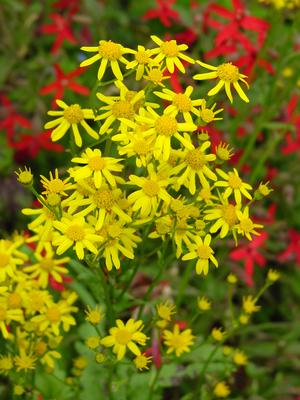
Packera obovata LP32 - 32 per flat
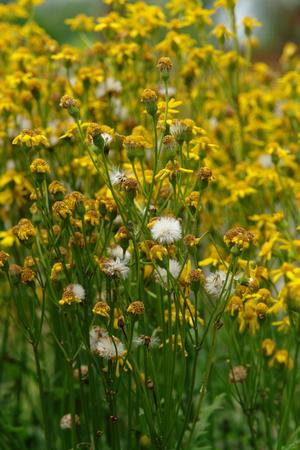
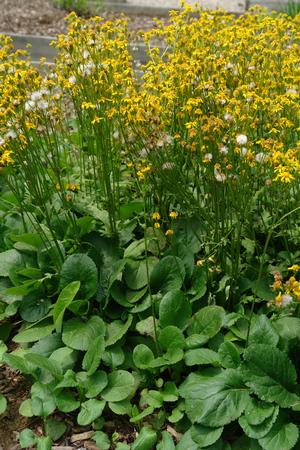
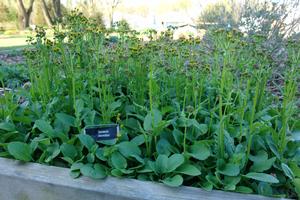
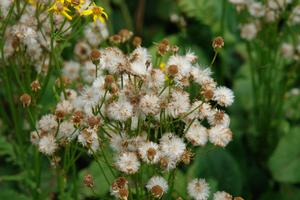
A tough groundcover, Packera obovata is similar to its popular cousin, Packera aurea, but with a smaller round leaf and the ability to withstand drier, full-sun conditions without losing its verdant appearance!
Easily grown in average, moist, well-drained to dry-mesic soil conditions in full sun to part shade. Blooms well in shady locations. Tolerates some soil dryness. Naturalizes into large colonies in optimum growing conditions by both self-seeding and stolons. Remove flowering stems after bloom and/or dispersal of seed. Basal foliage will serve as an attractive ground cover (to 4-6" tall) throughout the growing season.
A tough groundcover, Packera obovata is similar to its popular cousin, Packera aurea, but with a smaller round leaf and the ability to withstand drier, full-sun conditions without losing its verdant appearance! Roundleaf ragwortl is highly-prized for its ability to quickly colonize open land and provide dense herbaceous cover in the landscape. The foliage forms a 4-6” tall mat with flower stalks reaching upwards of 12-18” tall. P. obovata is different than its cousin P. aurea by its more oval shaped basal leaves while P. aurea has a more round, heart-shape appearance. It blooms in April, typically blooming two weeks or so later than P. aurea.
For best performance, Packera obovata is easily grown in average, moist, well-drained to dry-mesic soil conditions in full sun to part shade. A more upland species, it can be found in rocky wooded hillsides, limestone ledges, stream banks, moist meadows, and open rocky glades from Ontario to Florida to Texas and along the East Coast. It prefers limestone-based soils. Trouble-free, no noticeable issues come from this plant and due to a mildly toxic compound in its foliage; this native is deer-resistant.